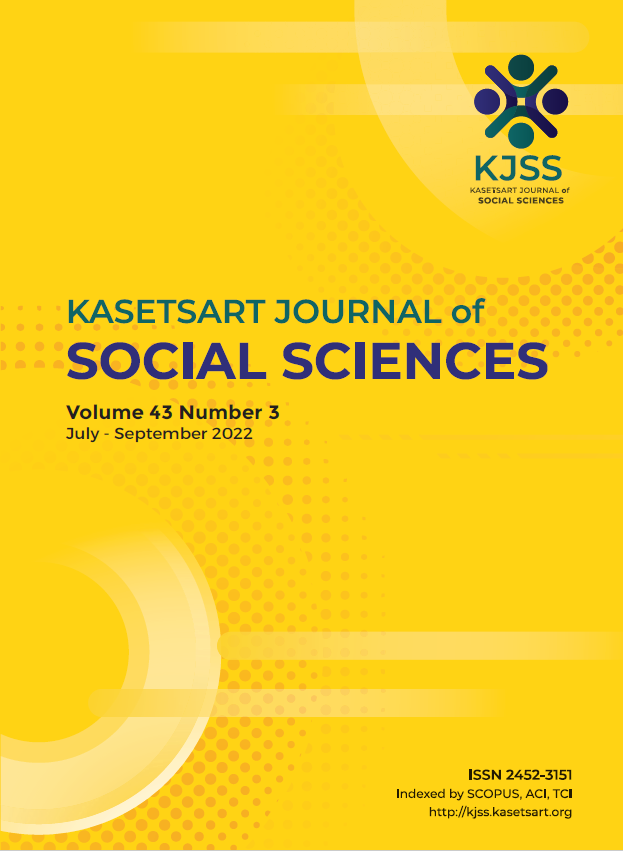Roles of Buddhist monks in strengthening relationships between Muslims and Buddhists in the three southern border provinces
Keywords:
Buddhist monks, Muslim relationship, religion leader, southern border provincesAbstract
This research aimed at investigating the roles of Buddhist monks in strengthening relationships between Muslims and Buddhists in the three southern border provinces by using the qualitative method. Data were collected from the documents and field studies in seven communities by observation. Interviews were conducted with 23 Buddhist monks, 12 governments officials, 31 Buddhists, 35 Muslims. Data triangulation was performed and descriptive analysis was conducted. The results suggested that both Buddhist monks include arrangements of cultural activities in temples in which Muslims participate (provided that the activities are not related to religious ceremonies), educational and religious promotion to Muslims on the monastery property, visitation of followers by inviting Islamic religious leaders to take part in the project with an emphasis on the households having Buddhist and Islamic elders and bedridden patients, and establishment of a rescue unit to help Buddhists and Muslims.
Downloads
Published
How to Cite
Issue
Section
License

This work is licensed under a Creative Commons Attribution-NonCommercial-NoDerivatives 4.0 International License.
This is an open access article under the CC BY-NC-ND license http://creativecommons.org/licenses/by-nc-nd/4.0/










